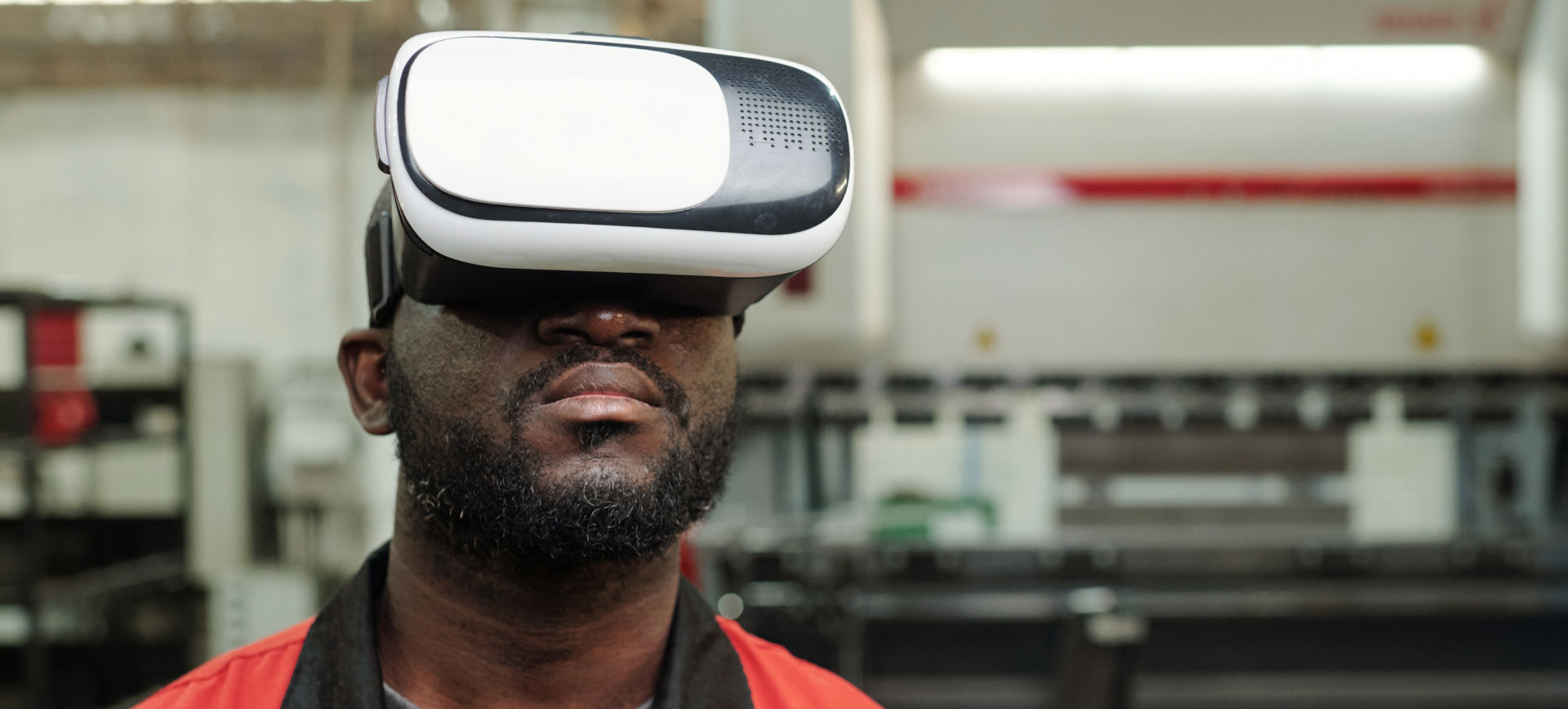In the age of online learning, how can company train workers to unload hazardous materials, along with other required training to enter the field of skilled trades? Workers can practice in these environments by using Virtual Reality (VR), Augmented Reality (AR), and Mixed Reality (MR).
The concept of Virtual Reality (VR) is a simulation of a three-dimensional scene where users interact via a head-mounted display or headset. Augmented Reality (AR) combines real-world videos and images with interactive data or computer-generated imagery to enhance the experience.
Mixed Reality (MR) is the combination of Virtual and Augmented Reality. With HoloLens 2, you can interact with physical and virtual items in real-time using new generation sensing and imaging technologies.
These technologies let you experience an immersive, interactive learning environment that dissolves the barriers between the virtual and real worlds.
As immersive technologies take off in the enterprise, education, and trades sector the market for digital reality headgear is booming.
VR headsets enable you to see, move and interact freely in a 3D virtual environment, with simulated real-world tools and equipment.
Using immersive simulations, workplace training scenarios that are too expensive, difficult, or dangerous, like hazardous material spills, can be made easier, safer, and more cost-effective.
VR training improves knowledge retention, performance, teamwork, and safety while reducing training costs and downtime.
In addition, VR eliminates the need to travel to access training devices or to bring heavy equipment to specific training locations.
Although VR is not likely to replace classroom or e-learning anytime soon, it is an important element of blended learning programs when training for a specific skill set, particularly for the trades.
According to a PricewaterhouseCoopers’ study on the effectiveness of VR for soft skills training, VR-based training has the following effects:
In addition, these training methods improve productivity by 32% and appeal to a variety of learning styles, especially for training that requires repetition and retention.
To learn more about our VR training platform click here.
